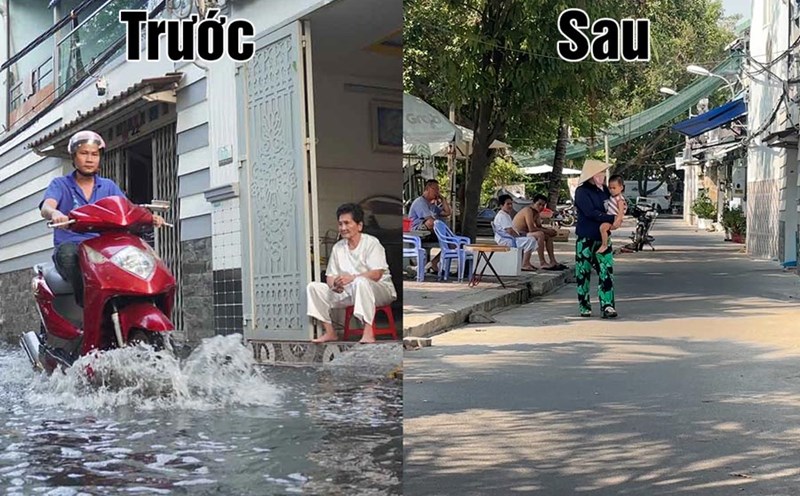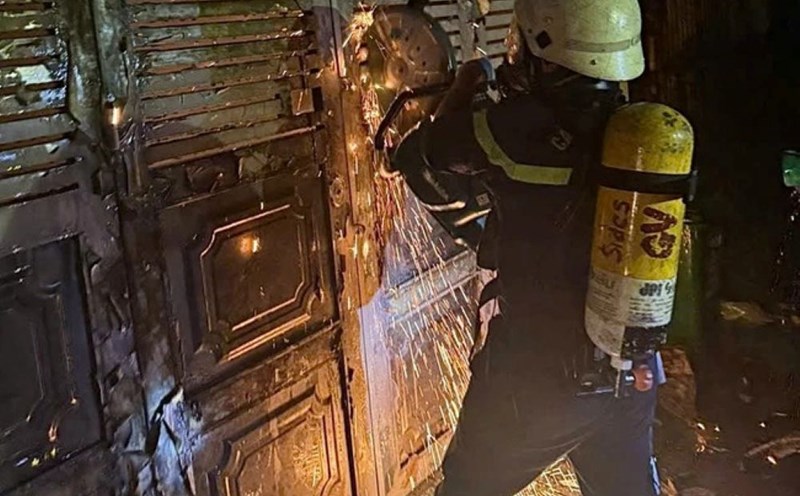Challenges from the initial project design and development stage
From July 1, 2025, Decree 105/2025/ND-CP on guiding the Law on Fire Prevention, Fire Fighting and Rescue will take effect. This further affirms the importance of fire safety in daily life and work, especially in the context of fire safety always being a difficult problem, when many problems arise from the lack of synchronization from the initial design stage to acceptance conditions according to regulations and future management and operation.
Mr. Tran Ngoc Duy - Deputy Director, Real Estate Management Services, Savills Hanoi - commented that fire safety in real estate projects is a multidimensional problem, with the root cause of many problems often lying right in the project formation stage. One of the core reasons is the lack of early coordination between relevant units. In particular, the management and operation unit often cannot participate in giving comments from the design stage, leading to designs that are beautiful but limit the operation and maintenance of the fire protection system in the future.
Discussing this issue, Associate Professor, Dr. Pham Trong Thuat - Head of the Department of Housing Architecture, Chairman of the Board of Schools, Hanoi University of Architecture emphasized the importance of coordinating with a professional management and operation consulting unit right from the design and construction stage. This not only helps the project meet technical and operational requirements, but also contributes to saving investment costs and minimizing adjustments arising after use.
Mr. Thuat shared: "The use of poor quality materials, unsynchronized systems, or rigid designs can easily lead to problems when putting projects into operation, causing difficulties in the acceptance process, incurring costs for repair and upgrading, and more importantly, there is a potential risk of fire and explosion, directly affecting the safety, reputation and value of real estate".
Update legal regulations plays an important role
To ensure the effectiveness of the fire prevention and fighting system, updating the latest legal documents is a prerequisite. Shared by Associate Professor, Dr. Dao Huu Dan - PCCC University shows that national technical regulations, especially the National Technical Regulation on fire safety for houses and works QCVN 06:2022/BXD, along with Decrees and Circulars related to fire prevention and fighting such as Decree No. 105/2025/ND-CP, are being continuously reviewed and tightened by competent authorities.
This requires investors, design consultants and management and operation units to constantly update knowledge, apply the latest standards and regulations to practice. Failure to comply not only faces strict sanctions but also poses a serious risk to the safety of the entire project.
Mr. Dan commented that the requirements for materials and construction equipment must also be given top priority. The materials used must be fireproof, not generate toxic smoke when burning, and not conduct heat quickly. Fire prevention and fighting equipment must meet standards, have a clear origin, be periodically quality inspected and maintained regularly. Typical solutions for designing premises, vertical surfaces and architectural structures also contribute significantly.
The escape route needs to be designed to be wide enough, unobstructed, with double exits and safe escape areas. The escape stairs must be protected from smoke and fire. The facade of the building needs to avoid flammable materials, ensuring a space to prevent fire from spreading between floors. Regarding architectural structure, technical areas such as engine room and warehouse must be prevented from fire independently, the fence/ence pipeline system must be treated to prevent fire, and the escape gate must always be opened outside, never locked.
In addition, applying the architectural design approach towards fire safety is one of the important factors for effective fire prevention and fighting. This means that architects and engineers must build specific fire scenarios for each type of real estate - whether it is an apartment building, office or commercial center. They need to imagine possible fires, from fires caused by power outages, careless living to fires spreading from the outside.
To do this effectively and comprehensively, support from an experienced management and operation consulting unit is extremely necessary. These units, with knowledge and experience in building operations and handling potential problems, will provide practical perspectives to build the most suitable fire scenarios.











